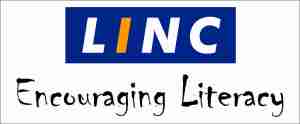

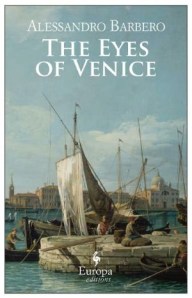
The Eyes of Venice by Alessandro Barbero
Having been to Venice myself I was excited to see this book on one of my favourite author’s recommended lists. The Eyes of Venice is set in the 16th century, at a time when the Republic is experiencing a famine and living conditions are tough for the poor. Barbero is exceptional in setting the scene and placing the reader in the city as it would have been 450 years ago. The churches, houses, squares, canals, bridges, markets, ships and gondolas as well as the people of the time are vividly described and have an ancient authenticity to them.
The story starts when a newly arrived Albanian apprentice has a fatal fall from the scaffolding on the site of a stone mason named Matteo. Along with his son Michele, Matteo is doing some building work for Sir Giralamo Lippomano, a wealthy nobleman. In these tough times labourers seem marginalised and underpaid but Matteo is portrayed as a fair and caring employer and he feels the pain of the young Albanian’s death.
When the scrupulous Lippomano puts a sudden end to the building project and quibbles over paying for the completed work, Matteo is frustrated and vents his anger over the oppression of the state and its wealthy senators over the ordinary citizens of Venice. In a finely poised state, when a class struggle looms ala French Revolution style, the Senate is keen to make an example of anyone threatening the balance of imbalance.
Without work and desperate for money, father and son go off to sell their remaining bricks to another stone mason. Here they are stopped and when an officer tries to search them for weapons, the frustrated Matteo punches one of the men and is subsequently himself assaulted by the police. He ends up falling into one of the city’s canals and after unsuccessfully trying to help his father Michele runs off in an attempt to evade arrest. When cornered, he is forced to board a vessel and pretend to be onboard to take up a job as an oarsmen. Uncertain of his father’s fate and having left a young bride at home without notice, he sets off with the crew of a merchant ship, having no idea about life at sea.
Life on the galley is tough, even for a physically abled bricklayer like Michele. When the ship stops on a small island for restocking, two of the crew try make off with some precious cargo ; a purse of coins which was an absolute fortune at the time. The ship’s officers capture and murder the thieves, burying both the bodies and the treasure, and report falsely that the thieves escaped with the purse. Michele witnesses the whole episode from the cover of darkness. Michele becomes a suspect and is torn between standing up to the officers and reporting what he saw or feigning ignorance with the hope of retrieving the treasure after returning to Venice on completion of the voyage.
Matteo’s death and Michele’s absconding have left his mother and young wife to fend for themselves at home. Barbero gives a great insight into how tough life was for the poorer people of the Republic around this time. From losing their home, to going hungry, to struggling to afford firewood and clothes to keep warm, we see how their desperation is preyed on by some evil people with selfish intentions. Bianca is intent on not becoming a prostitute and ends up doing a variety of jobs, even turning to begging at one point, to keep herself from starving.
Meanwhile, an order of banishment with Michele’s name on it arrives on the ship. The parone of the ship takes a liking to Michele and plans his escape and hiding, aswell as finding a new ship to take him on. Without knowing it, he also saves Michele from being murdered so that any knowledge of the circumstances surrounding the missing treasure do not cause problems down the line. Michele’s new vessel of employment is a pirate ship where the majority of rowers are convicts and all rowers are chained to the benches. The author gives a vivid account of the brutality of pirate life as raids and murders are carried out with the least care of though for the victims.
Barbero uses many peripheral characters to add variety to the story. Turks, Jews and Christians work alongside each other. Villainous characters that rape, pillage and murder during raids on ships and villages are balanced with more caring beings. There is a constant undertone of the fight for national supremacy between the Italians, the Greeks, the Venetians and the Turks. When a raid on a Turkish village goes wrong it is all but the Muslim and Jewish oarsmen and sailors who are spared. Michele is at the mercy of the two oarsmen with whom he shared a bench on the ship and with some help from some Jewish merchants they escape slavery and head to Nicosia as free men.
Illness, starvation, disease and violence are daily challenges that face the poor. But Bianca has a change in fortune when she is placed in the service of Lady Clarice, the wife of a wealthy and influential member of Venetian nobility. Lady Clarice takes a liking to Bianca who in time becomes her chambermaid. It is ironically Bianca’s peasant knowledge of childbirth that helps The Lady to finally give birth to a family heir after an excruciatingly difficult labor.In the meantime Bianca has fallen into the desires of a controlling and deceitful spice merchant who has managed to scare her into moving in with him. Lady Clarice not only comes to her rescue but when she hears Bianca and Michele’s full story she also promises to use her husband’s influence to gain a pardon for Michele.
In a game of political chess,Sir Lorenzo (Lady Clarice’s husband) is sent to Constantinople where a Senator of the Republic is cheating the books and profiting from the export of grain to Venice. This thief is none other than the heartless Sir Lippomano who unjustly dismissed and refused to pay Matteo, starting the family’s fall into despair. Barbero, after using so many characters and taking the story from port to port across the Mediterranean and Adriatic seas, is a master at bringing the story together in a way that is easy to follow. The subtle link between all the characters is easily understandable and he maintains the reader’s interest throughout the book.
News of the secret mission to arrest and return Sir Lippomamo to Venice had reached his people and an envoy was hurriedly sent to intercept Sir Lorenzo’s party and to make sure that Lippomano avoids arrest. The progress of the respective voyages are played out in a cat and mouse chase through the interaction with various leaders and merchants to secure a safe passage to Constantinople . I couldn’t turn the pages fast enough to see if the kind-hearted Michele would be spared and the villainous Lippomano would get what he deserved. The land of the Turks is as vividly depicted as Venice. Walled cities with fortified castles, minarets, markets and camels are all used to give an authentic feel to the trading ports of the time. The journey by land is slow and arduous and the constant threat of ambush adds to the tension.
On arrival in Constantinople Sir Lorenzo replaces Lippomano as the bailo or ambassador to the region. Lippomano is unsure of whether his grain profiting scam is known to the Venetian authorities and reluctantly agrees to go back to try clear his name. Michele has also made his way to Constantinople and approaches Sir Lorenzo to explain his story and to tell him of the lost treasure that belongs to the Republic. To his amazement Sir Lorenzo realises that Michele is the husband of his wife’s chambermaid and that he knows of this story and has already obtained a pardon. As fate would have it Michele and Lippomamo are bound for Venice on the same ship.
But the emerging of the truth is an inconvenience to certain members of the senate and Michele is arrested upon returning to Venice. An investigation is launched and when the police search the island there is no sign of the hidden treasure. The corpses of the two oarsmen were however found to lend some credibility to Michele’s Story. Family reputations, political interests and the owing of favours make it difficult for Michele to clear his name and the Council of decision makers are intent on covering up the scandal to protect the nephew of one of it’s members. In a male dominated society it is Lady Clarice who has the courage to insist on the truth overcoming convenience and it is by her persuasion that Michele is freed and the guilty nephew and his accomplice are sent to Constantinople for punishment.
This book is a fine piece of historical fiction. The scenes are authentic for the time period and the author gives a fantastic human account of life from various social perspectives. At the same time it is a great story that flows easily and builds steadily to its climax. The Eyes of Venice is a brilliant mix of the physical battles of men and ships at sea with the less tangible political, social and economic battles for power and influence on land. It is a fantastic book that i would highly recommend.



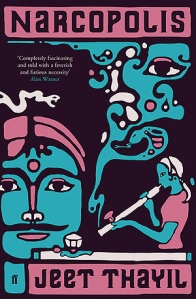

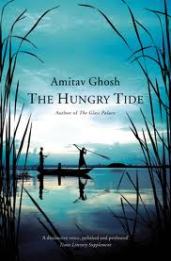

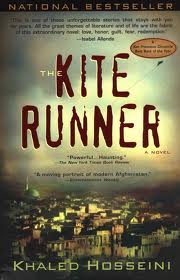
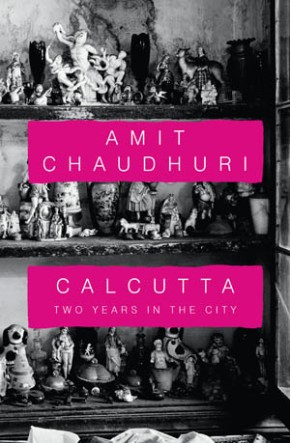

Recent Comments